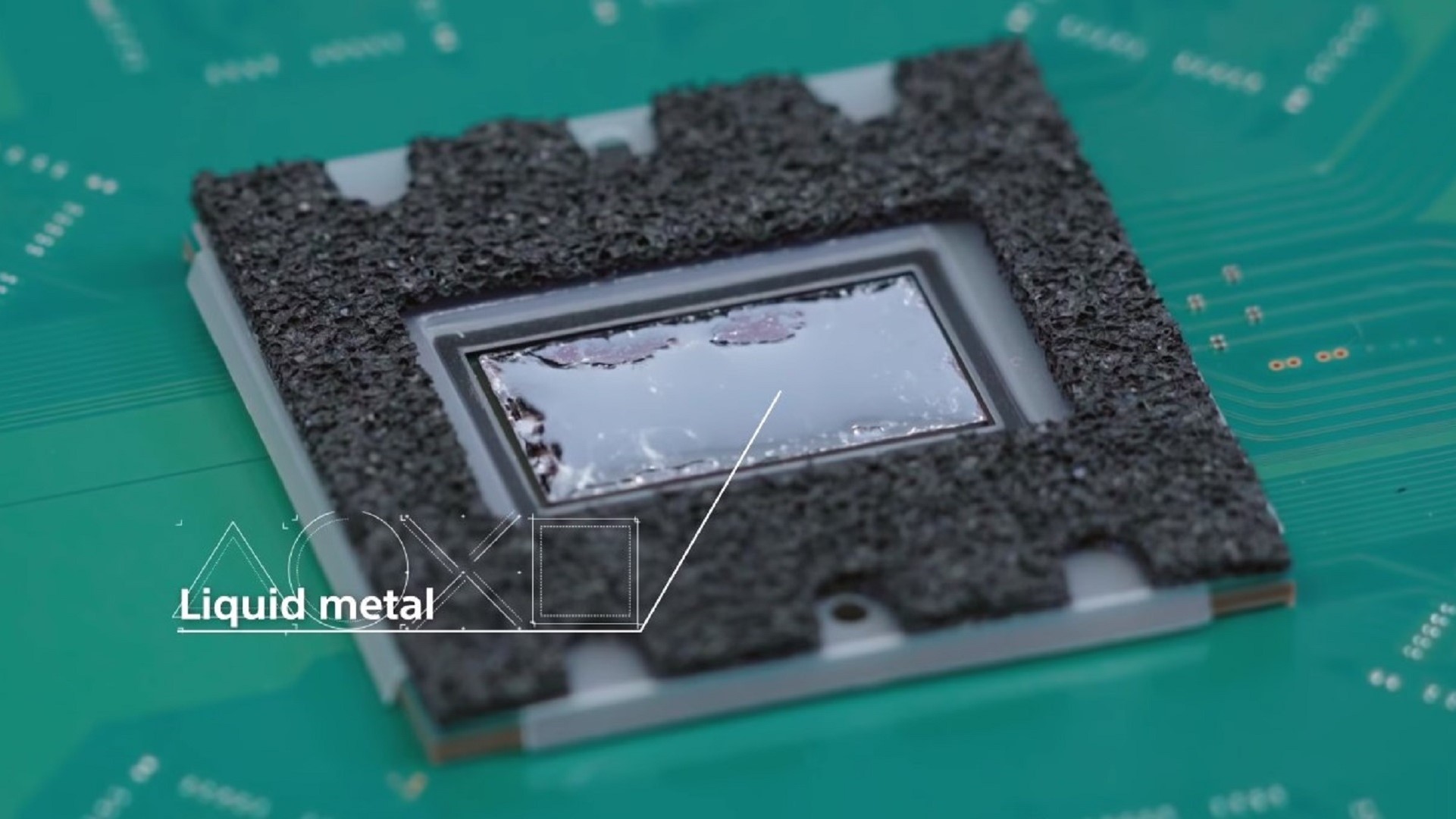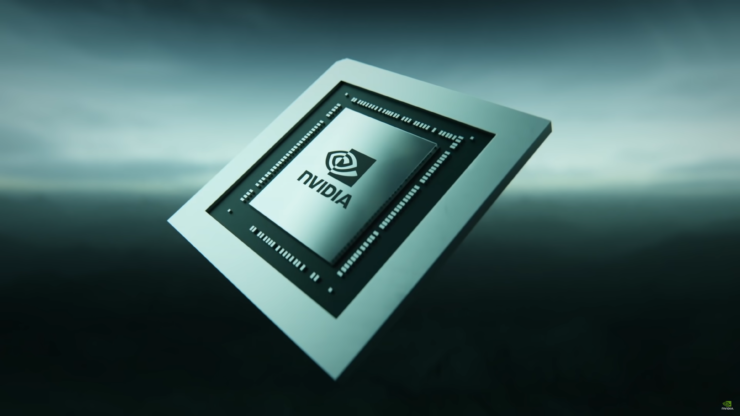
Earlier this year, reports began circulating that the PS5 would have an “unusually expensive” cooling system, and recent details that Sony have revealed about the console’s hardware have certainly fallen in line with that (and early impressions have suggested that the investment will pay off).
Sony have recently talked about how wanting to cut down the costs was one of the reasons for using a single large fan in the PS5 instead of two (which is what resulted in the console’s large size). Similarly, they made cost-based decisions in other areas of the cooling system as well, as Yasuhiro Otori, the head of PS5’s mechanical and thermal design team, explained in a recent interview with 4Gamer.
The PS5’s liquid metal cooling, for instance, was chosen for the console to reduce the overall cost of the cooling system. Even though a liquid metal thermal interface material (TIM) in isolation is costlier, it is effective enough that it allows Sony to go with cheaper components elsewhere.
“The main reason is cost,” Otori said when asked about why Sony decided to use a liquid metal TIM in the PS5. “The standard for thermal design is to spend money near the heat source. As an analogy to general thermal design, let’s say you have a system cooling structure that costs 10 yen for a TIM and 1000 yen for a heat sink. If you change to a TIM of 100 yen here, you can get the same cooling effect even if you use a heat sink of 500 yen. In other words, the total cost can be reduced.
“Even after overcoming the difficulty of handling and adopting it in the manufacturing process, PS5 was finally able to adopt liquid metal, which is expected to have a great effect.”
Otori spoke more about the aforementioned difficulties in the manufacturing process as well. Liquid metal TIMs usually go hand-in-hand with certain issues, and according to Otori, Sony spent two years coming up with solutions to these problems.
“I’ve always wanted to use liquid metal,” he said. “However, since liquid metal is conductive, if it leaks to the substrate side, it will be short-circuited. Above all, it is highly corrosive to aluminum used for parts such as heat sinks. In order to handle such materials, it is necessary to take measures for manufacturing equipment as well. We took more than two years to prepare well to solve these problems.”
Speaking in the same interview, Otori also confirmed that Sony will continue to improve and optimize the PS5’s fan after the console’s launch with firmware updates. Read more on that through here.




